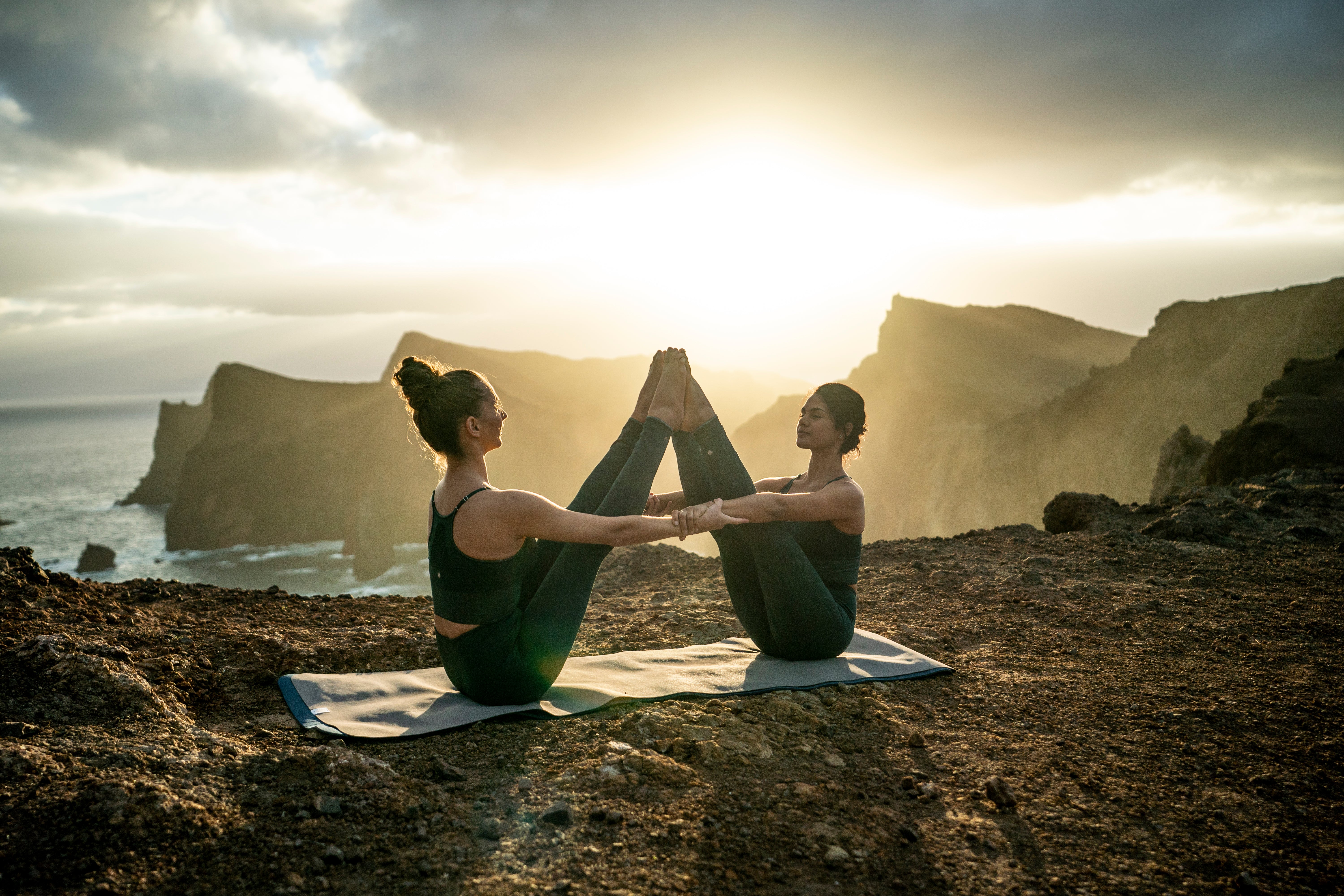We have designed this saddle for kids' recreational cycling for rides of up to 1 hour at low intensity and a back angle of 60°.
Features:
240 mm x 130 mm
Compatibility:
Compatible with all brands of seat post with 7 mm rails.
How to choose your saddle according to your riding style
Choose your saddle according to your posture:
90° (straight back): Very wide saddle with gel - ideal for gentle, comfortable rides.
60° (semi-inclined): Intermediate saddle - a great mix between comfort and sport.
30° (sport): Narrow saddle with fine peak - limits pressure for better performance.
Choosing the right saddles width
Designed for regular road cycling, this saddle is available in 145 mm and 155 mm sizes.
145 mm saddles: suitable for narrow pelvises 90 to 120 mm)
155 mm saddles: for wider pelvises (120 to 140 mm) or straight posture.
This enables better distribution of pressure, especially over long distances.
Making the most of your ride:
For optimal comfort, adjust your saddle at four key points. Choose a model suited to your posture (for example, a 30° back angle).Adjust the height to suit your body type, then adjust the angle to avoid discomfort.Lastly, adjust the setback for proper alignment. For complete comfort, don't forget to wear cycling attire suited to the length of your rides.
1. Determining the saddle height (part 1):
To choose the right bike for your size, start by measuring your groin. Stand barefoot with your back to the wall and set your feet 15 to 20 cm apart. Place a rigid book between your legs, raise it to the perineum and mark the top of the book on the wall.
Measure the distance between the floor and this mark: this is your inside leg height. This measurement is essential for determining the right frame size, ensuring comfort and pedalling efficiency.
1. Determining the saddle height (part 2):
Adjust your saddle in just a few seconds.
Measure your inside leg (from the ground to the top of a book).
Then multiply by 0.883.
Example: 89 cm × 0.883 = 78.6 cm
This is the height to adjust between the bottom bracket and the saddle to prevent any pain.
2. Adjusting the saddle angle:
Remember to tweak the saddle angle improve your riding position.
Take a spirit level and out it in the middle of your saddle, at the front.
Adjust the angle for a neutral position, then try it out and adjust until comfortable.
3. How to measure your sit-bone width
Measure your sit bones in 4 steps:
- Place 2 pieces of corrugated cardboard on a flat stool.
- Sit straight-backed and apply firm pressure for 1 minute.
- Stand up, find the impressions you have left and mark their centres.
- Measure the gap: this is the width between your sit bones.
This data is key to choosing the right saddle for your body shape.
3. Adjusting the saddle setback:
Improving pedalling performance starts with the right position
- Put the crank in the horizontal position
- Align your knee with the pedal axle
- Move the saddle forward or back using this as a reference
A tiny adjustment; a great deal more comfort.
Saddle designed to suit the body shape of children, perfect for children's bikes (size 20-24 inches).
Sitting comfort
Designed to suit the body shape of children.
We have designed this saddle for kids' recreational cycling for rides of up to 1 hour at low intensity and a back angle of 60°.










